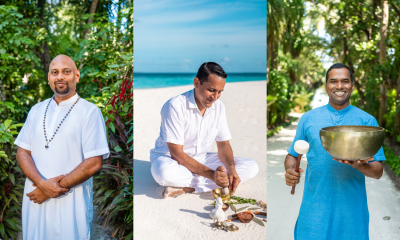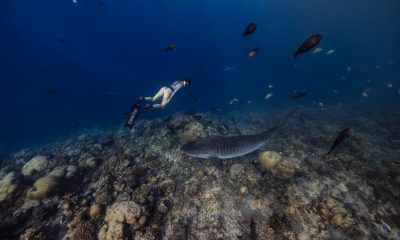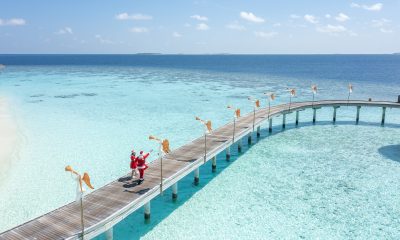News
Anantara takes holistic approach to reef protection in the Maldives


Maldives.net.mv – For over 15 years the team at Anantara Hotels, Resorts & Spas has been committed to protecting the local environment, communities and culture around each of its hotels and resorts whilst creating authentic, luxury travel experiences and indigenous adventures for modern travellers. With four luxury resorts in the Maldives – Anantara Kihavah Villas, Anantara Dhigu Resort, Anantara Veli Resort and Naladhu Maldives – guests can take their pick from some of the best locations and experiences in the Indian Ocean, including getting up close and personal with the local marine life and vibrant coral reefs, snorkelling with manta rays in a UNESCO World Biosphere Reserve, free diving with whale sharks or cruising the house reef 18 metres below the surface, just a few strokes out from the shoreline.
In line with the luxury hospitality brand’s philosophy that environmental responsibility begins at home, the Anantara team in the Maldives joined forces with marine biologists from Coral Reef CPR – conservationists, biologists and ecologists whose mission is to reduce threats and promote sustainable management and rehabilitation of reef ecosystems – in October 2015 to develop ways to protect the coral ahead of the anticipated environmental stresses of El Niño, a climate cycle that has a global impact on weather patterns.
Led by Chief Scientist, Dr. Andrew Bruckner, the pioneering five-year programme, Holistic Approach to Reef Protection or ‘HARP’, encompasses practical environmental protection and marine education with the goal of limiting potential damage to the reefs in the Maldives and ensuring the coral reefs continue to not only survive, but to thrive. As well as Anantara taking its responsibility to the local environment very seriously, the programme will also ensure that guests at each resort – as well as the local community – can continue to enjoy the spectacular world beneath the waterline for many years to come.
Corals in the Maldives
Extending across the expansive Laccadive Sea in the Indian Ocean, the Maldives is a country of atolls; small coral islands encircled by azure lagoons. Unique to the Maldives, luxury resorts are the sole occupants of each island, providing a truly private and unique experience. Coral reefs beneath the shimmering waters of the Maldives protect the pristine beaches and guard the crystal-clear lagoons. They also support an astounding array of tropical fish, crustaceans and bizarre-looking molluscs. But for all of its beauty and apparent resilience, coral is a sensitive organism, vulnerable to extreme weather, sudden environmental changes, the effects of global climate change, as well as outbreaks of coral predators.
Principal investigator and lead scientist with Coral Reef CPR, Dr. Andrew Bruckner, explains: “Some reefs in the Maldives are experiencing unusually high water temperatures which is causing coral bleaching. These coral animals contain symbiotic single-celled algae within their tissues, which provide the coral with up to 90% of its energy. Once stressed, the coral expels these algae, causing them to turn completely white. If algae loss is prolonged and the stress continues, corals can die. But it’s not all doom and gloom, when a coral turns white, it is not dead and if the stress-caused bleaching is not severe, coral can recover.”
Director of Conservation for Minor Hotels, John Roberts, elaborates further: “On their first visit in October 2015 the visiting marine biologists performed a major Crown of Thorns Starfish removal from the reefs surrounding Anantara resorts in South Male Atoll. In the process, the scientists helped save a great reef on Anantara Veli Resort, which is now also proving most resilient to current bleaching. As part of those efforts last year, Coral Reef CPR and Anantara have produced a manual to distribute throughout the country outlining best practice should there be another Crown of Thorns Starfish outbreak.”

Taking A Holistic Approach To Reef Protection (HARP)
In collaborating with leading experts in their fields for ground-breaking marine biology research, Anantara is pioneering the HARP programme. Currently all project work undertaken in the Maldives by Coral Reef CPR for HARP is funded by the Anantara initiative ‘Dollars For Deeds’, whereby Anantara guests are invited to donate one dollar for each night of their stay, which is then matched dollar for dollar by Minor Hotels. Dollars for Deeds funds raised in the Maldives are committed over the coming five years to three key focus areas: protection of marine and coastal environments; environmental education; and community welfare.
In January this year, Coral Reef CPR returned to the Maldives for the first of four monitoring phases throughout 2016. Ten monitoring stations were set up on coral reefs surrounding Anantara resorts in South Male Atoll and Baa Atoll, with the purpose of evaluating the water conditions and marine populations before, during and post 2016 El Niño phenomena. Already widely reported by international media across the globe as being the longest El Niño on record, during Coral Reef CPR’s second visit to the Maldives in April this year, promising results have been extracted from the monitoring stations, despite some alarming findings.
“Since the beginning of March, temperatures on the reef have exceeded 30°C and they remained above 31°C during April, reaching 32 – 33 °C in lagoonal environments,” explains Dr. Andrew Bruckner. “Under normal conditions, sea water temperatures should be 3-4 degrees cooler at depth but these high temperatures are extending beyond 35 metres depth. These high water temperatures are due to an unprecedented El Niño event which is now in its second year. Simultaneously the sea has been unusually calm which has allowed excessive levels of UV light radiation to penetrate the reefs.”
“Due to stressful conditions corals in some areas in the Maldives began to pale in colour at the beginning of April and several sensitive species bleached white. By mid-April between 60-80% of corals on the reef we were monitoring were fully bleached or a very light yellow in colour.
In certain shallow lagoonal environments bleaching was much more severe, and sensitive corals were affected. On a positive note, by the end of April temperatures on Baa Atoll had begun to decline and there was very little coral mortality on the outer reefs.”
SUPER CORALS
Through this research some surprising and exciting revelations have been discovered. Georgia Coward, Project Manager and Fishery Biologist with Coral Reef CPR said: “Although the level of bleaching is similar to that reported during previous El Niño events and is comparable to reports from other countries, we have observed a number of colonies of each species that have proven resistant to changing conditions, possibly by producing protective fluorescent pigments. Similarly certain colonies have not bleached at all despite being located adjacent to corals of the same species that bleached severely. We refer to these as “super corals” and feel that these may have adapted to elevated sea temperatures. Over the coming months we will be analysing extracts taken from the super corals and other coral species in laboratory conditions, as well as looking closely at the fish population reports surrounding them.”

SUSTAINABILITY
In line with Anantara’s commitment to sustainability and a result of the luxury hospitality brand’s ongoing conservation efforts including the HARP project, Anantara Kihavah Villas, Anantara Dhigu Resort, Anantara Veli Resort and Naladhu have all been awarded with Green Growth Certification, an assessment framework for the travel and tourism industy which consists of 37 criteria and 406 indicators. It is based on global standards and international conventions including the UN Global Compact and the UNEP Green Economy Principles.
FUTURE VISITS
Since 2011, guests staying at Anantara resorts in South Male Atoll and Baa Atoll have been able to leave a lasting legacy by participating in coral reef propagation programmes and contribute to the ongoing conservation effort by adopting a coral frame and planting it with the guidance of Anantara’s resident marine biologists. The HARP programme now builds on those initial efforts, with a high level scientific-based practical approach to reef assessment, regeneration and community science.
The third and fourth phases of the HARP Programme with Anantara involve creating a coral nursery to assist in the rehabilitation of degraded and damaged reefs. Through coral mariculture, when the scientists return in July and October 2016, small branches from the identified super corals will be extracted and propagated. Once matured, these corals will be transplanted back on to the reef.
During the visits from Coral Reef CPR scientists, guests at the Anantara resorts in both South Male Atoll and Baa Atoll can enhance their diving and snorkelling experiences by joining the marine biologists on their excursions, and participate in Anantara’s endeavours to keep the reefs healthy and vibrant for generations to enjoy.
Future visits from Dr. Andrew Bruckner, Georgia Coward and other Coral Reef CPR scientists are set for the end of July until mid-August 2016 and October 2016. To select your Anantara Dhigu, Anantara Veli, Anantara Kihavah Villas or Naladhu Maldives experience and to help play a part in the protection and regeneration of coral reefs in the Maldives, visit anantara.com
News
Villa Nautica hosts Bollywood filmmaker Farah Khan for holiday stay
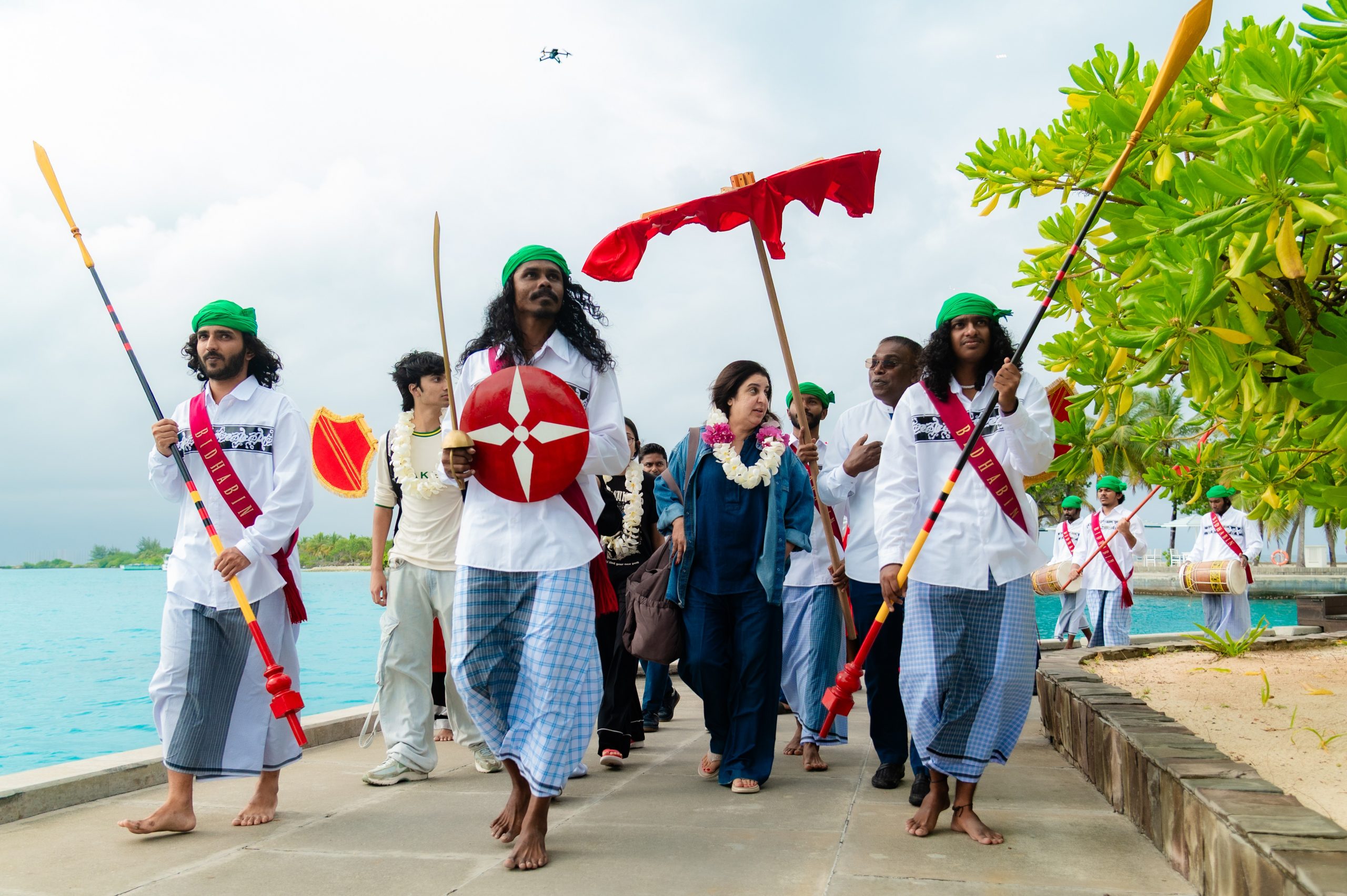
Bollywood filmmaker and celebrated choreographer Farah Khan marked the festive season with a holiday escape to the Maldives, staying at Villa Nautica and experiencing the island’s signature mix of warmth, privacy, and ocean-side celebration.
A defining creative force in Indian entertainment, Farah Khan has shaped some of Hindi cinema’s most recognisable on-screen moments, from iconic dance sequences to blockbuster storytelling. Widely regarded as one of Bollywood’s most influential choreographers, she has worked across more than 80 films and received major recognition for her craft, including India’s National Film Award for Best Choreography and multiple Filmfare Awards.
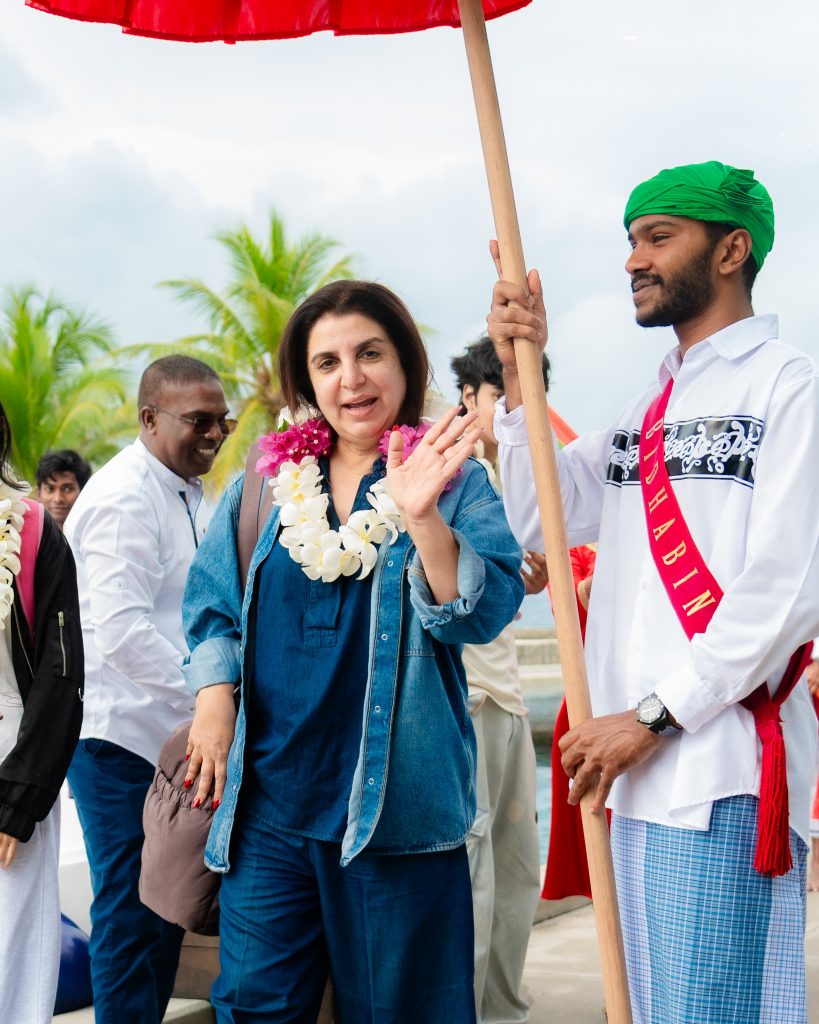
Farah’s impact extends beyond choreography. As a director, she is known for beloved mainstream hits including Main Hoon Na, Om Shanti Om, and Happy New Year, bringing together spectacle, humour, and heart with a style that audiences instantly connect with. She is also a familiar face to viewers through television and entertainment formats, where her sharp wit and straightforward personality have made her a standout on screen.
Villa Nautica is located on Lankanfinolhu Island in the North Malé Atoll, just 20 minutes by speedboat from Velana International Airport, making it an easy choice for travellers planning a festive season getaway in the Maldives. The resort is known for its yacht-life inspired spirit, shimmering lagoons, and a vibrant range of ocean experiences, including diving and watersports, paired with relaxed island luxury for all-day unwinding.
News
JEN Maldives by Shangri-La to host New Year’s Eve celebrations with Kuala Lumpur giveaway
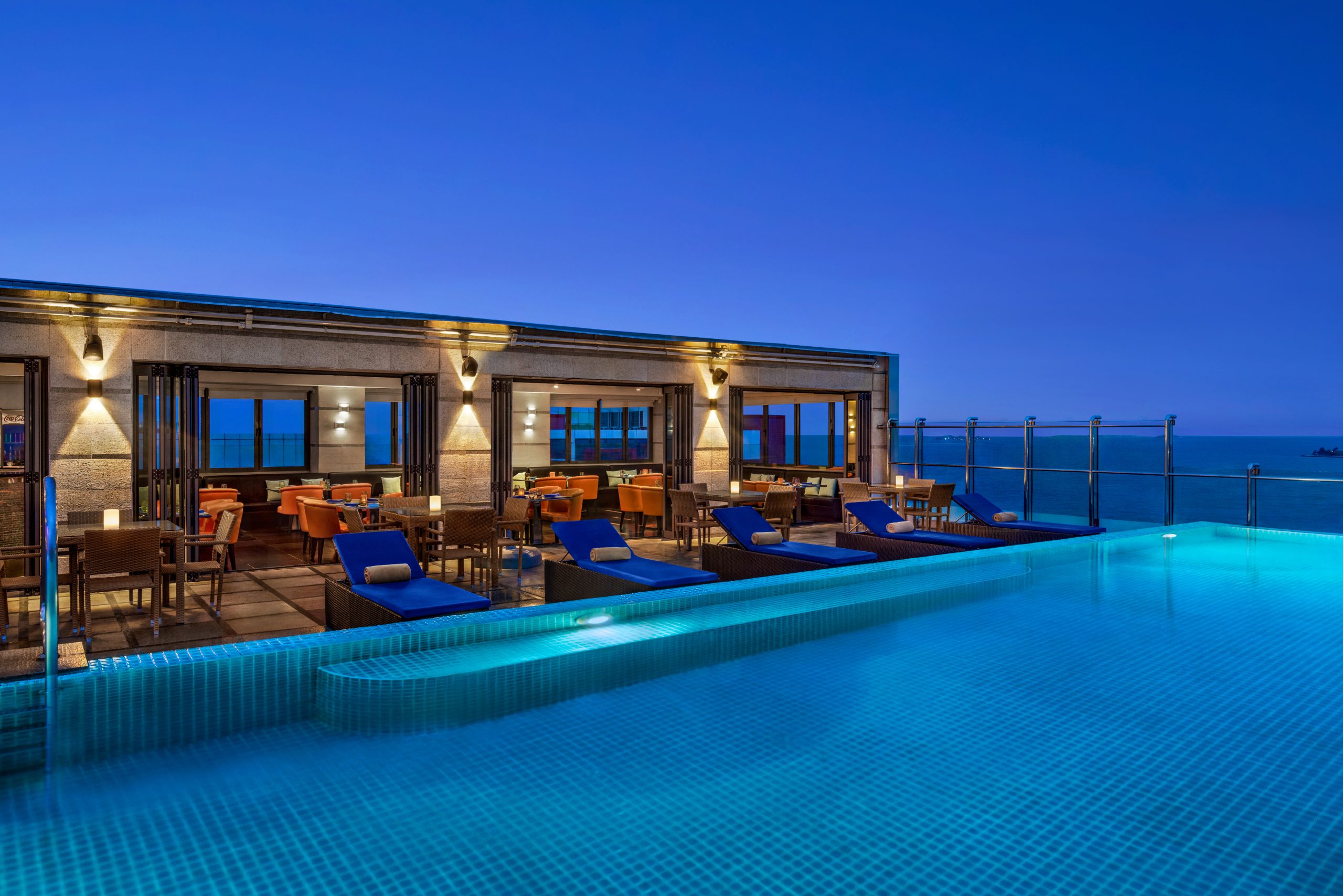
JEN Maldives by Shangri-La invites guests to welcome 2026 with an unforgettable New Year’s Eve Gala Night, where city views, exceptional cuisine, and live entertainment come together for a truly memorable celebration.
This New Year’s Eve, guests can indulge in an exclusive festive gala experience featuring an elaborate buffet dinner at Lime Restaurant. Specially curated for the occasion, the menu offers an extensive selection of international favorites and celebratory delights, promising a refined culinary journey to mark the final night of the year.
As midnight approaches, the celebration moves to the Azur Rooftop, where guests can enjoy a magical countdown under the stars. With panoramic views, a lively atmosphere, and the excitement building toward the New Year, Azur provides the perfect backdrop to welcome 2026 in style.
Adding to the evening’s excitement, the night will feature a live performance by famous Maldivian singer Mohamed Nasooh.
To make the evening even more rewarding, one lucky guest will win an exclusive prize for two:
- A 3-night / 2-day stay at Shangri-La Kuala Lumpur
- Roundtrip air tickets from Malé to Kuala Lumpur with Batik Air
This special giveaway is presented in collaboration with Concierge Group Maldives Pvt Ltd, adding an extra layer of excitement to the New Year’s festivities.
From gourmet dining and rooftop celebrations to live music and an exceptional giveaway, the New Year’s Eve Gala Night at JEN Maldives by Shangri-La offers an evening filled with elegance, entertainment, and unforgettable moments as guests count down to a brilliant start to 2026.
For reservations and bookings, please call the hotel at (960) 330 0888 or email to maldives@hoteljen.com.
News
NH Collection Maldives Reethi Resort reopens after six-month renovation
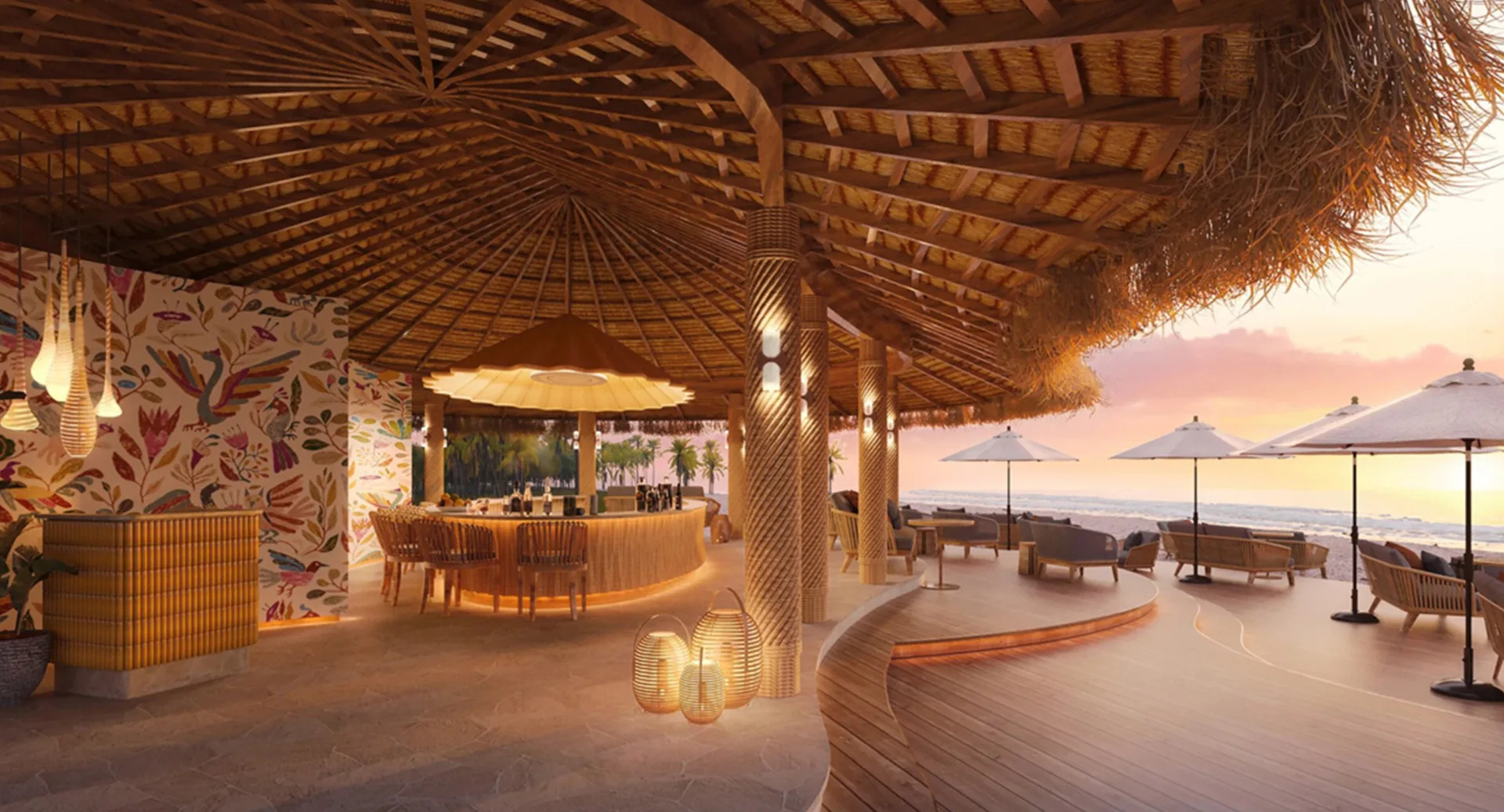
NH Collection Maldives Reethi Resort has officially reopened on 21 December following a six-month renovation programme aimed at upgrading accommodation, dining venues, and leisure facilities while preserving the island’s natural character.
Located in Baa Atoll, a UNESCO Biosphere Reserve, the resort is accessible by a 35-minute seaplane transfer from Velana International Airport. The property is situated close to Hanifaru Bay, a well-known marine area recognised for seasonal manta ray and whale shark activity.
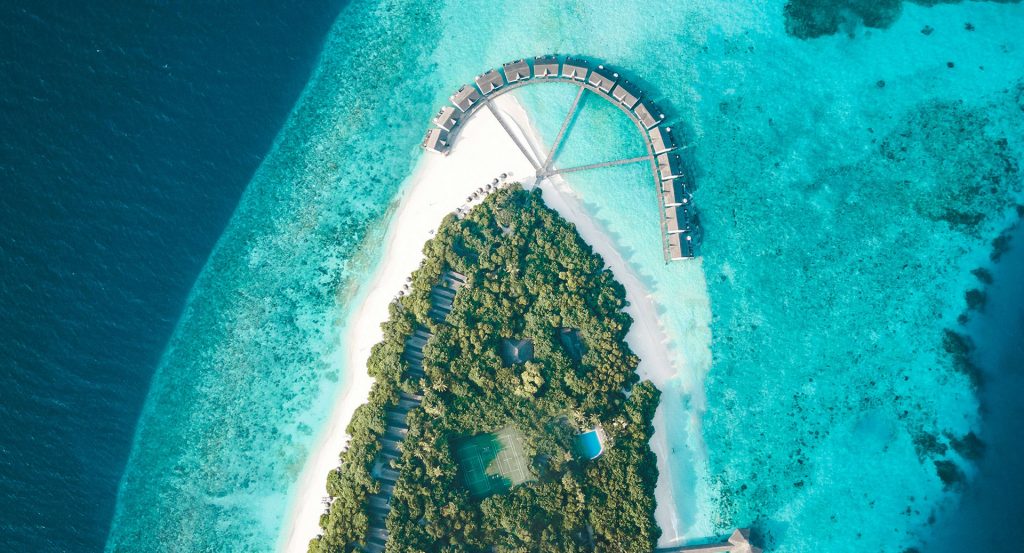
The resort features 105 beach and overwater villas. As part of the renovation, new Beach Villas with private plunge pools have been introduced, alongside refreshed overwater villas offering lagoon views. Existing villas have also undergone upgrades to align with NH Collection’s brand standards.
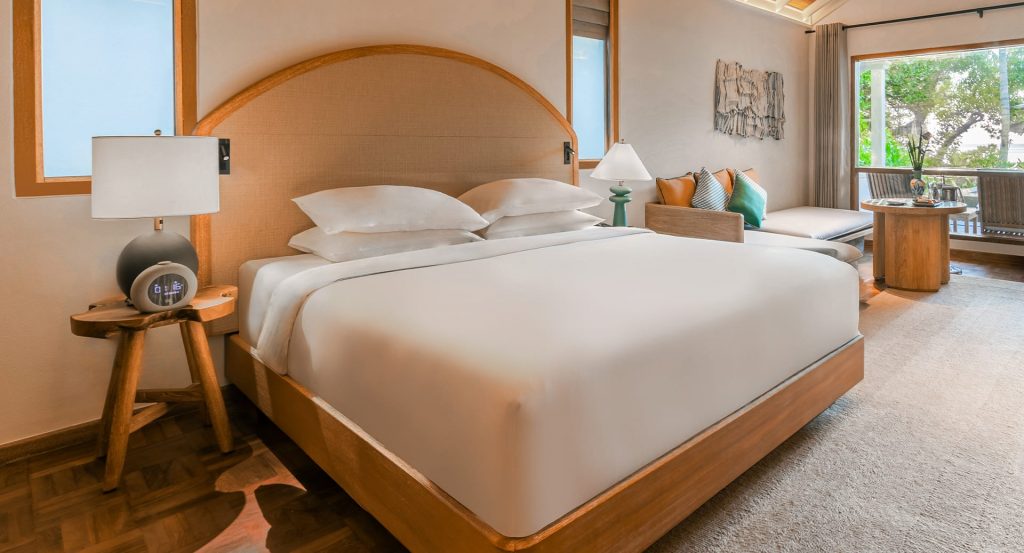
Dining outlets at the resort have been refurbished, with a focus on offering a range of cuisines. Guests can also access a variety of water sports and marine-based activities, supported by the resort’s proximity to key dive and snorkelling sites in the atoll.
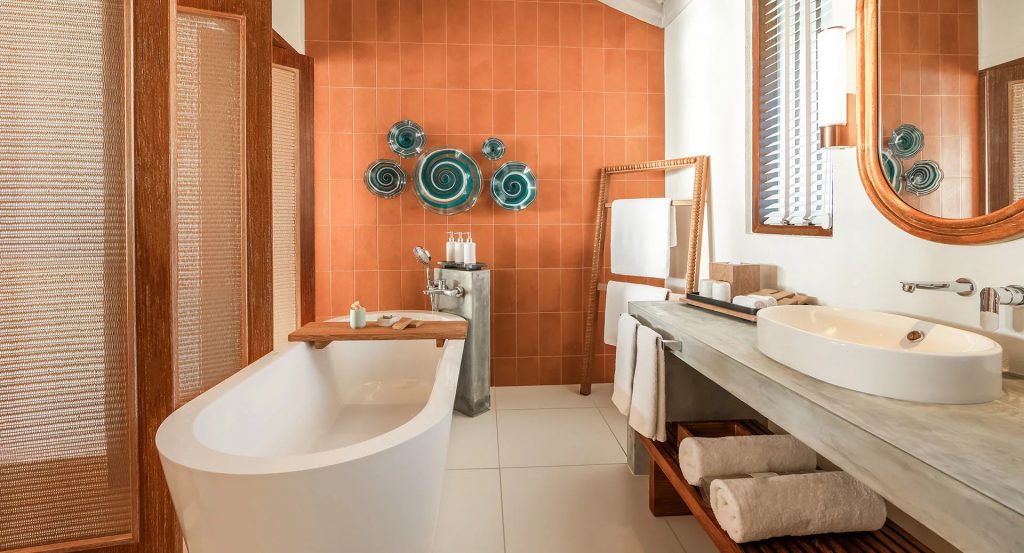
Wellness facilities have been enhanced with the reopening of the resort’s spa, which now offers updated treatment spaces. Recreational and leisure areas across the island have also been improved as part of the renovation works.
With its reopening, NH Collection Maldives Reethi Resort resumes operations as part of the NH Collection portfolio in the Maldives, targeting leisure travellers seeking access to Baa Atoll’s marine environment alongside upgraded accommodation and facilities.
-

 Entertainment1 week ago
Entertainment1 week agoAward-winning singer Nicole Scherzinger to appear at One&Only Reethi Rah’s New Year’s Eve celebrations
-
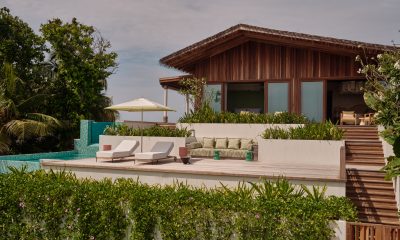
 News1 week ago
News1 week agoSeaside Collection opens .Here, an ultra-private two-island resort in Maldives
-
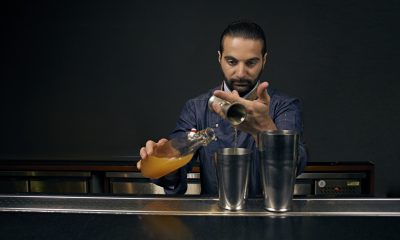
 Cooking1 week ago
Cooking1 week agoTAPASAKE Maldives marks first anniversary with Luca Cinalli guest mixology night
-

 News1 week ago
News1 week agoSerenity Spa at Baros Maldives introduces new rituals, multi-day wellness journeys
-
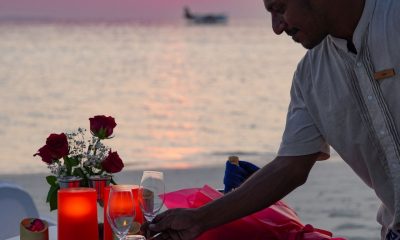
 Love1 week ago
Love1 week agoMonth of romance: Dusit Thani Maldives sets out Valentine’s dining, private experiences
-
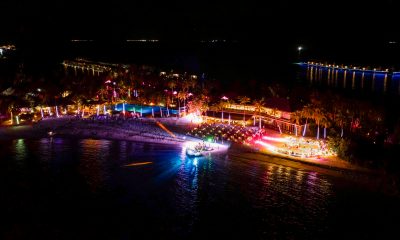
 News1 week ago
News1 week agoHard Rock Hotel Maldives unveils holiday line-up featuring Christmas and New Year gala nights
-
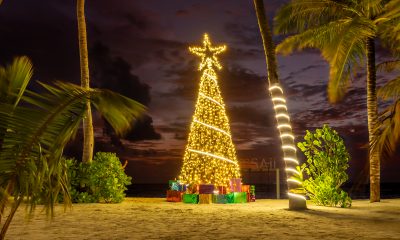
 News1 week ago
News1 week agoThe Marina at CROSSROADS Maldives to host holiday celebrations and seasonal experiences
-

 Spa1 week ago
Spa1 week agoRadisson Blu Resort Maldives brings back Thana Jindashotinun for holistic wellness programme



